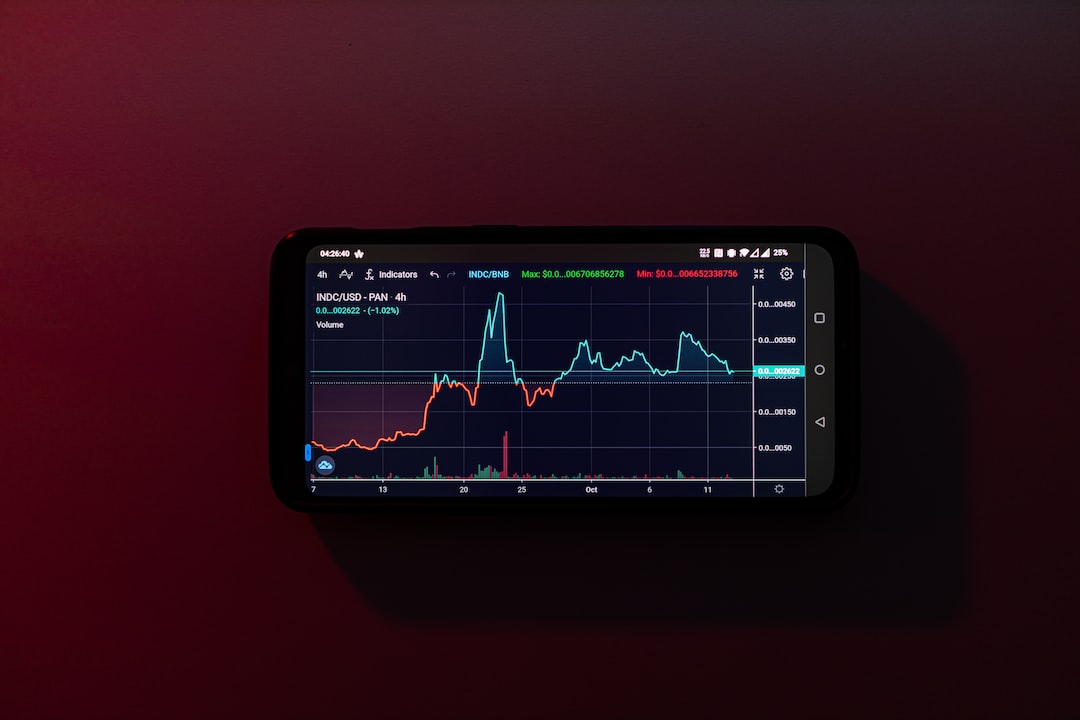Vitalik Buterin Proposes Gas Limit Increase for Ethereum Network
During a recent Reddit Ask Me Anything (AMA) event, Vitalik Buterin, the co-founder of Ethereum, suggested a “modest” increase in the gas limit to improve the network’s throughput. Buterin pointed out that the gas limit has not been raised in almost three years, which is the longest period in Ethereum’s history.
The Gas Limit Proposal
“Honestly, I think doing a modest gas limit increase even today is reasonable,” said Buterin during the AMA.
Buterin proposed an increase to approximately 40 million, which would represent a 33% increase from the current gas limit of 30 million, according to Etherscan. The gas limit determines the maximum amount of gas used for transactions and smart contracts in each block on the Ethereum blockchain.
Benefits and Risks of Increasing the Gas Limit
Increasing the gas limit would allow more transactions to be included in each block, potentially improving the overall capacity and throughput of the Ethereum network. However, there are also risks associated with larger blocks, such as increased energy consumption by miners and higher chances of chain splits and abandoned blocks.
A Look Back at Gas Limit Changes
Since Ethereum’s introduction in 2015, the average gas limit has gradually increased along with network usage and adoption. In April 2021, miners raised the gas limit from 12.5 million to 15 million after the Berlin hard fork. This adjustment aimed to reduce network congestion caused by Ether’s price surge.
In May 2023, network gas fees reached a peak of 150 gwei due to the popularity of NFTs. Currently, average gas prices are around 35 gwei or $1.89, but they have been higher for complex smart contract operations.
Hot Take: Ethereum Gas Limit Increase for Improved Network Efficiency
Vitalik Buterin’s proposal to increase the gas limit of the Ethereum network reflects the need for improved network efficiency and scalability. By allowing more transactions to be processed in each block, the proposed increase could enhance the overall throughput and capacity of the network. However, it is crucial to consider the potential risks associated with larger blocks, such as increased energy consumption and possible chain splits. Striking a balance between scalability and network stability will be key in implementing any changes to the gas limit.





 By
By
 By
By
 By
By

 By
By
 By
By